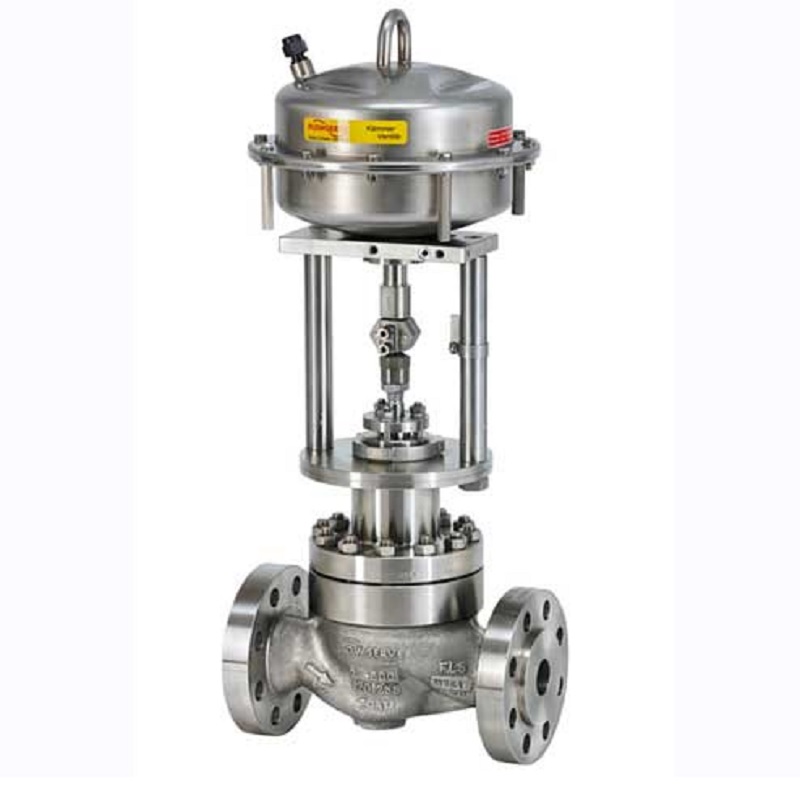
Maximize Energy Financial Savings and Comfort With Advanced Building Automation Controls
In the world of modern-day style and facility administration, the integration of sophisticated structure automation regulates stands as a critical improvement. By taking advantage of the power of automation, buildings can adapt, respond, and progress in means that were when unthinkable.
Power Performance Perks
Energy performance benefits can significantly reduce energy usage and operational costs in buildings. By executing energy-efficient methods and innovations, structure proprietors and drivers can attain significant financial savings while also adding to environmental sustainability. One of the primary benefits of enhancing power performance in buildings is the reduction of utility bills. Energy-efficient systems, such as advanced building automation controls, can optimize the use of sources like lighting, heating, and cooling, bring about reduced energy expenses with time.
Moreover, improved power effectiveness can lengthen the lifespan of structure devices and systems. By running a lot more effectively, heating and cooling systems, lighting components, and various other building parts experience less wear and tear, leading to lowered upkeep and replacement expenses. Additionally, energy-efficient structures usually command higher building values and rental prices, offering lasting economic benefits to owners.
Furthermore, power effectiveness can enhance passenger comfort and productivity. Correctly managed indoor atmospheres with ideal lighting and thermal conditions produce an even more helpful and positive work area, leading to enhanced staff member complete satisfaction and efficiency. Overall, the power efficiency advantages connected with sophisticated building automation controls are diverse, including expense financial savings, environmental stewardship, and resident wellness.
Boosted Comfort Control
Enhancing comfort control in structure atmospheres needs a sophisticated assimilation of sophisticated automation systems for optimum occupant health. By using sophisticated structure automation controls, centers can tailor the indoor setting to satisfy the specific demands and choices of owners. control valves.
By integrating these innovative controls, buildings can not just enhance convenience however additionally enhance energy performance by optimizing system operations based on actual tenancy and use patterns. Eventually, focusing on owner comfort via advanced automation systems leads to a more enjoyable and healthier interior atmosphere.
Operational Performance Improvements

Furthermore, the execution of real-time tracking and analytics devices allows building operators to determine power inefficiencies and operational abnormalities immediately. By continually keeping track of power use patterns and system efficiency metrics, adjustments can be made in real-time to maximize energy consumption and make sure peak functional performance. control valves. Additionally, including need action approaches right into structure automation controls can further improve functional efficiency by dynamically changing power usage based on grid conditions and pricing signals
Indoor Climate Optimization
Reliable interior environment optimization is a basic facet of structure automation controls, making certain occupants' comfort and wellness while maximizing energy cost savings. By utilizing sophisticated sensing units and controls, building automation systems can continually check and readjust temperature level, moisture degrees, air top quality, and air flow to create an optimal indoor atmosphere. Keeping comfy and regular problems not only enhances occupant fulfillment visit site however additionally improves productivity and total health.
Indoor climate optimization also plays an important role in energy performance. By fine-tuning air flow, cooling, and home heating systems based upon real-time information and occupancy patterns, building automation controls can dramatically minimize power usage - control valves. Implementing techniques such as demand-controlled ventilation and thermal zoning can help reduce energy waste while ensuring that each location of the structure obtains the necessary conditioning.

Sustainable Environment Development
Structure automation controls not just optimize interior climate problems for power efficiency and occupant comfort yet likewise lay the foundation for producing a lasting setting via critical monitoring of sources and systems. By integrating sophisticated building automation innovations, such as sensing units, actuators, and intelligent software program, facilities can adjust and keep track of energy usage in real-time to minimize waste and minimize their carbon impact. These systems make it possible for predictive upkeep, recognizing prospective problems prior to they rise and optimizing equipment performance to improve longevity and official source effectiveness.
In addition, lasting atmosphere development extends past power monitoring to incorporate water conservation, waste reduction, and interior air high quality enhancement. Building automation controls can manage water use, find leakages, and guarantee proper waste disposal techniques, adding to total sustainability efforts. Additionally, by keeping track of and regulating ventilation and purification systems, these innovations boost owner wellness and efficiency while reducing energy intake related to a/c procedures.
Verdict
In final thought, advanced building automation manages deal substantial benefits in terms of power savings, convenience control, operational effectiveness, interior climate optimization, and producing a sustainable environment. By carrying out these controls, structures can attain optimum efficiency while reducing power intake and enhancing passenger convenience. It is noticeable that making use of sophisticated automation technology is critical in enhancing structure efficiency and developing a much more sustainable future.
Power efficiency advantages can considerably minimize energy intake and functional prices in buildings. Generally, the power effectiveness advantages linked with sophisticated structure automation controls are multifaceted, incorporating price financial savings, ecological stewardship, and passenger wellness.
In addition, including need action approaches into building automation controls can further boost functional effectiveness by dynamically changing power usage based on grid conditions and prices signals.
Building automation controls not only maximize interior environment problems for energy effectiveness and resident convenience however likewise lay the foundation for developing a sustainable setting through critical management of sources and systems.In conclusion, progressed structure automation controls offer substantial advantages in terms of energy financial savings, comfort control, functional performance, interior environment optimization, and producing a lasting atmosphere.